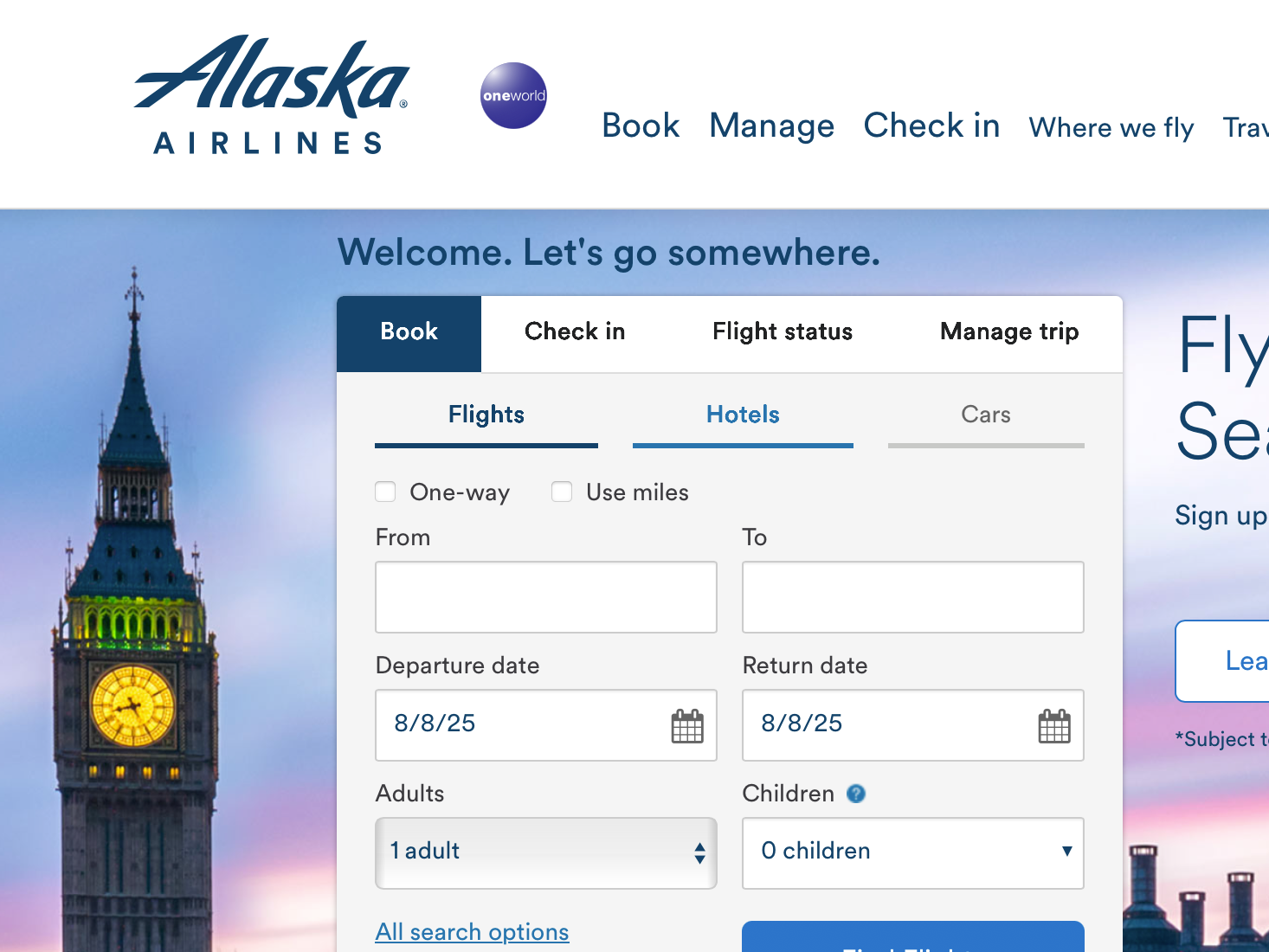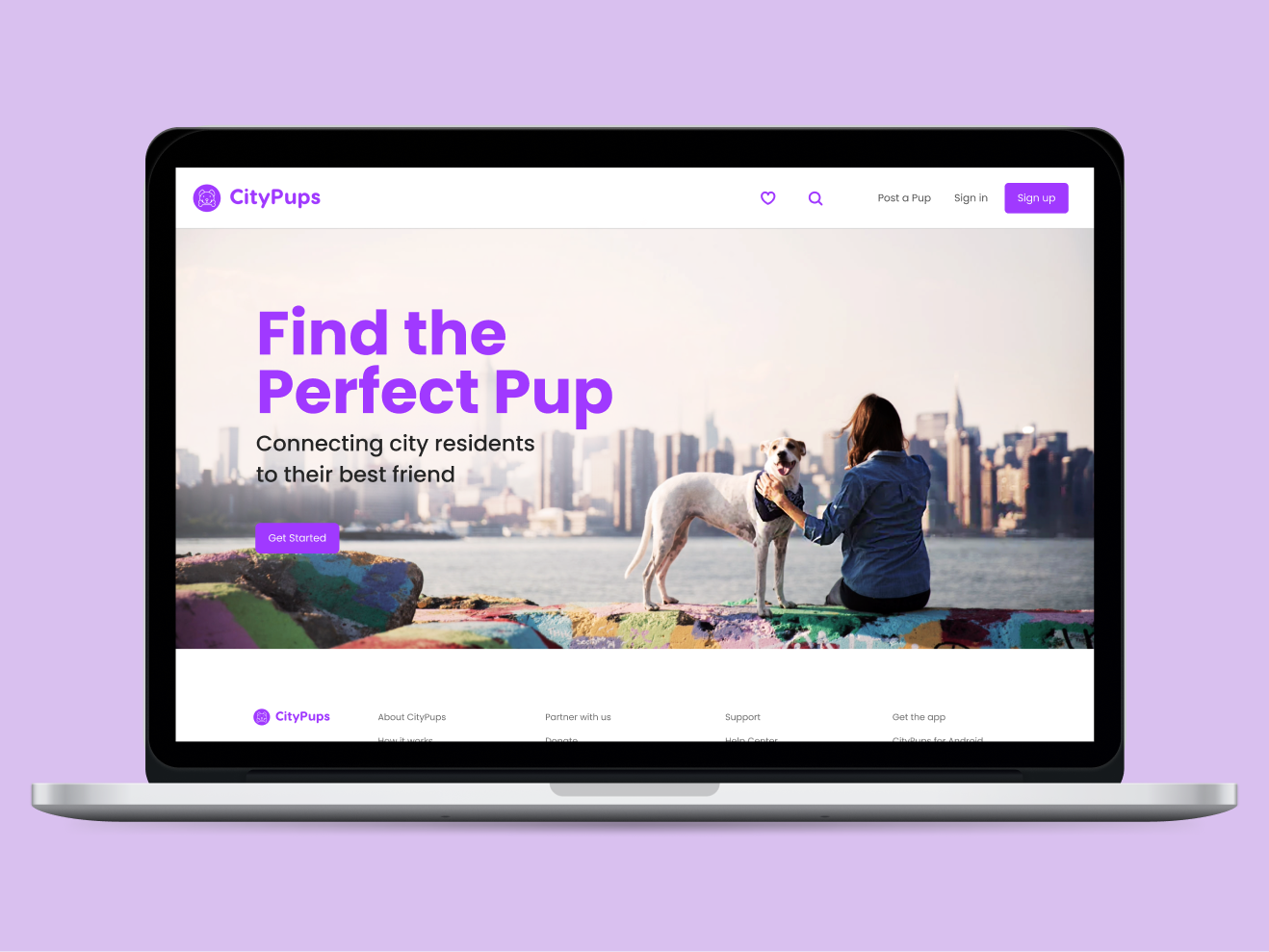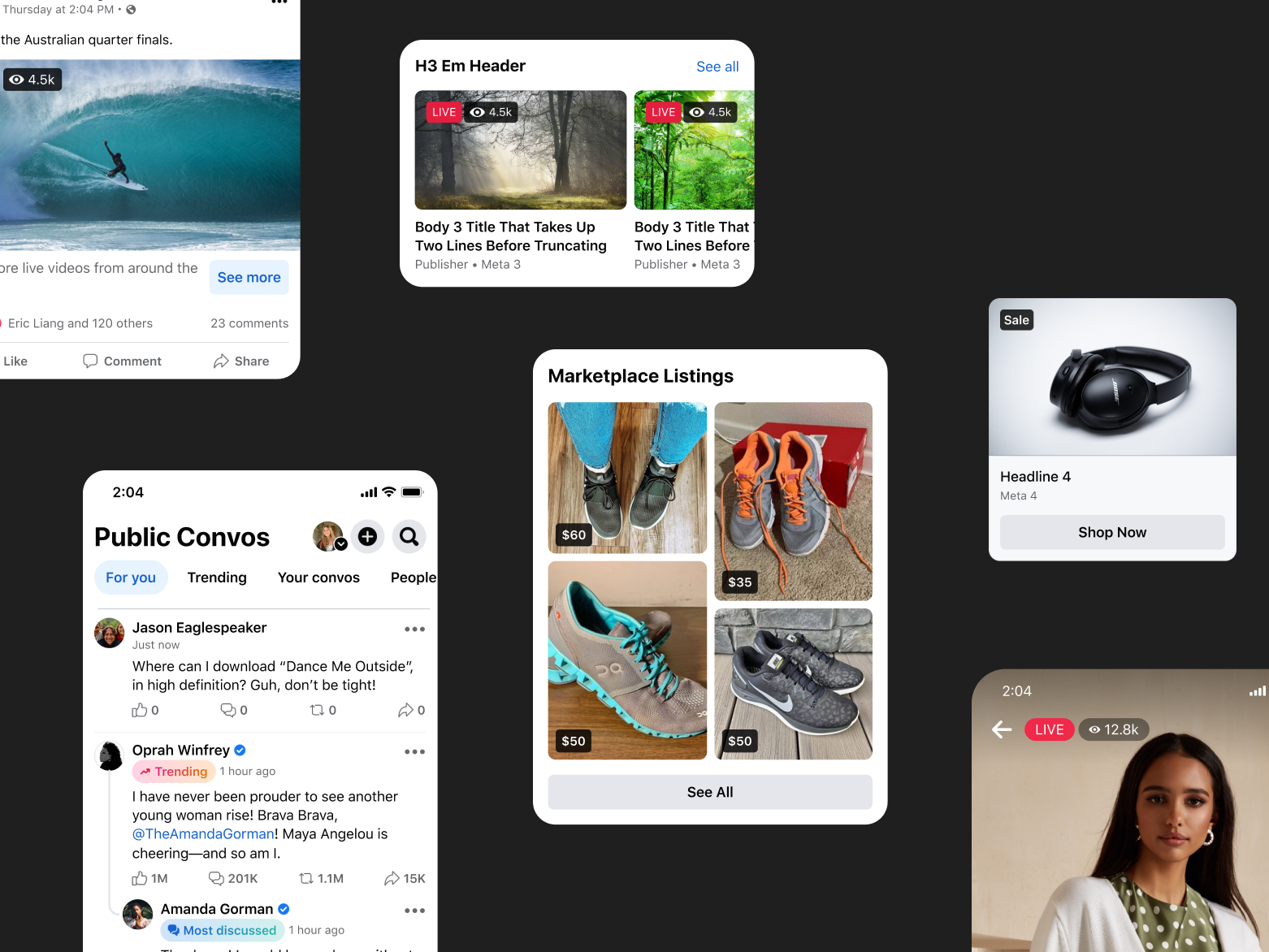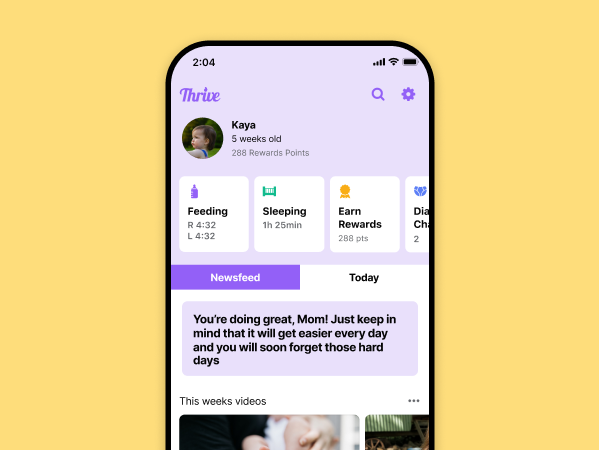Overview
Travel is an industry that has seen significant technological advancement and has the potential to revolutionize the personalization of travel.
The pandemic made it hard to see people and travel the world. During this time I daydreamed about traveling, dreamt about travel planning, and imagined ways it could be more efficient. Gallivant is a mobile application that curates travel itineraries based on user preferences. It also helps users manage their time, budget, and route during the journey.
Role: UX/UI Designer, Researcher
Duration: 7 months
Platform: Figma
Research
“ If you want to plan a vacation right now, it can take from five weeks to four months (30-60 hours) from the moment you start thinking about your vacation to the first day you are on your vacation.” - nytimes.com
“ 85% of travelers finalize activities after arriving at their destination. Travelers lose valuable travel time and miss out on site seeing.” - artificialintelligence.oodles.io
The Problem
Travel planning is time-consuming because of fragmented travel information across various platforms. Users have a difficult time determining travel time and distance between destinations to create an itinerary.
The Solution
Gallivant uses the user's interests and constraints to propose a suggested itinerary while visually mapping the route. Gallivant's machine learning AI, can recommend restaurants, activities, and events by personalizing the experience based on travelers' history and input.
Process
Interview Insights
1. Travelers don't like to research and plan vacations because it's time-consuming and stressful.
2. Travelers value personalization and recommendations based on their interests and behaviors in the app.
3. Users are interested in an app that helps them plan around surprise changes.
Quotes from user interviews
“I work hard all year for this one vacation for my family, but planning a vacation still feels like I'm working” - Raymel
“Ideally the app would just recommend activities that I would like” - Neha
Empathy Map
Persona
Insights Mapping
User Flows
MVP: Creating an itinerary
Visualizing Gallivant by sketching
The process of sketching, then user testing, then wireframing allowed me to quickly iterate on Gallivant’s UI design and identify any user issues in the interface.
Wireframe
Creating an itinerary by adding interests and constraints.
Style Guide
Usability Testing
Create Itinerary Experience
Features
Using a modal for the filters can effectively streamline the completion of creating an itinerary. I chose left tabs to differentiate from other apps while keeping the categories visible. Before the modal, the filters were full screen with the tabs on the top.
Challenges and the future
A major challenge was getting the user to select the “Get Itinerary” call to action (CTA) because most people are programmed to use the search bar. The solution was to make the CTA’s headline more descriptive and add the“Get Itinerary” CTA on the search dropdown, giving the user multiple entry points. I have also learned that it is important for users to be able to create an itinerary manually.
Despite positive user feedback, the design can always be improved. This type of travel app is highly dependent on user data therefore the technical challenge would be to attain a large pool of users consistently using the app.




